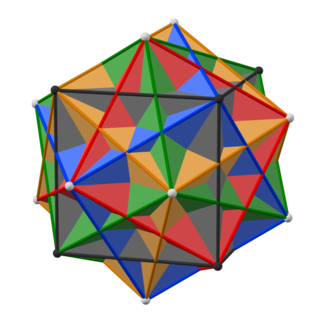10 (ten) is the even natural number following 9 and preceding 11. Ten is the base of the decimal numeral system, the most common system of denoting numbers in both spoken and written language.
34 (thirty-four) is the natural number following 33 and preceding 35.
220 is the natural number following 219 and preceding 221.
1000 or one thousand is the natural number following 999 and preceding 1001. In most English-speaking countries, it can be written with or without a comma or sometimes a period separating the thousands digit: 1,000.
300 is the natural number following 299 and preceding 301.

360 is the natural number following 359 and preceding 361.
700 is the natural number following 699 and preceding 701.
800 is the natural number following 799 and preceding 801.
900 is the natural number following 899 and preceding 901. It is the square of 30 and the sum of Euler's totient function for the first 54 positive integers. In base 10 it is a Harshad number. It is also the first number to be the square of a sphenic number.
2000 is a natural number following 1999 and preceding 2001.
3000 is the natural number following 2999 and preceding 3001. It is the smallest number requiring thirteen letters in English.
4000 is the natural number following 3999 and preceding 4001. It is a decagonal number.
6000 is the natural number following 5999 and preceding 6001.
7000 is the natural number following 6999 and preceding 7001.
8000 is the natural number following 7999 and preceding 8001.
100,000 (one hundred thousand) is the natural number following 99,999 and preceding 100,001. In scientific notation, it is written as 105.
777 is the natural number following 776 and preceding 778. The number 777 is significant in numerous religious and political contexts.
252 is the natural number following 251 and preceding 253.
20,000 is the natural number that comes after 19,999 and before 20,001.
888 is the natural number following 887 and preceding 889.


